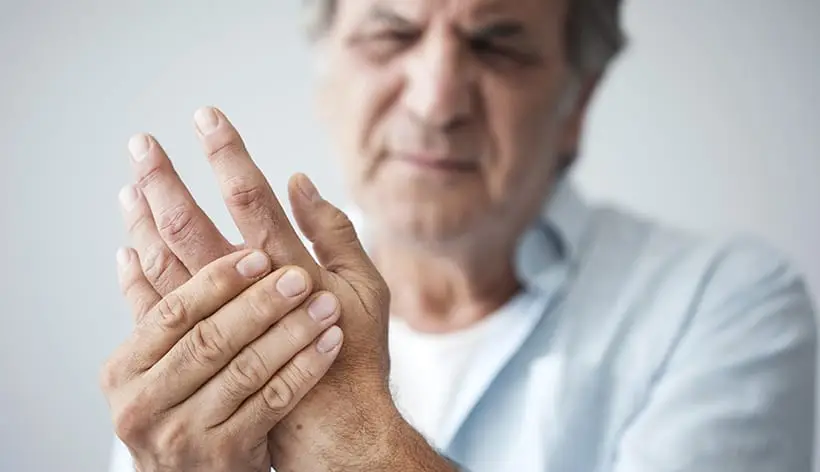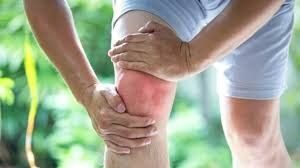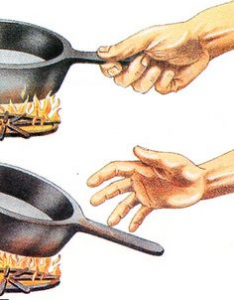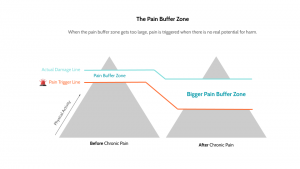ARE YOU IMPACTED BY ARTHRITIS ON A DAILY BASIS?
What is Osteoarthritis?
Osteoarthritis is a condition that causes pain, discomfort and stiffness at our joints. It is the most common form of arthritis worldwide.
The intensity of the pain is different for each individual person. Osteoarthritis can occur at any joint, however it most commonly impacts the hips, knees and hands.
Signs/Symptoms
The symptoms of osteoarthritis usually start gradually and increase over time. You may experience pain, tenderness and clicking/crackling sounds with movement.
Swelling: Commonly occurs around the affected joints and soft tissues.
Pain: Joint pain usually increases during/after activity or movement. It can also increase due to inactivity.
Stiffness: Can be present first thing in the morning or after activity.
Reduced range of motion: You may be unable to move the joint freely through the normal range.
Causes:
In normal day to day life we are constantly loading our joints causing low level damage. The majority of the time our bodies heal naturally and you never experience any symptoms.
Osteoarthritis occurs when the cartilage that cushions our joints breaks down over time. This can lead to bony growth within our joints and inflammation. Eventually, our connective tissues that support our joints deteriorate.
Risk factors for developing Osteoarthritis:
- Previous joint injury- Sporting or old injuries
- Age– Increased risk as you get older.
- Sex – More common in females
- Family history- There is some evidence of family/genetic links.
- Obesity- Being overweight increases the stresses and strains on our joints.
Diagnosis
Clinical examination of the joint: assessing for signs of swelling, tenderness and/or loss of motion. Gathering information on the injury history and symptoms.
X-ray: Cartilage loss does not appear on X-ray imaging. However a narrowing of space between the bones can be seen. Bony spurs around the joint can also be identified.
MRI: Magnetic resonance imaging: Provides detailed images of soft tissue and bony structures. For the majority of cases it is not used to diagnose osteoarthritis but can help in more complex cases.
Treatment options: Conservative management
Osteoarthritis requires long-term management. Although there is no cure for osteoarthritis, treatments can reduce pain and get you moving better.
Mild symptoms/early stages:
- low impact exercises – walking, swimming, cycling, strength training
- reducing overall body weight (if overweight)
- wearing supportive footwear
- using aids/walking devices to reduce overall joint loading
Medication:
If your symptoms are more severe and you are finding the pain difficult to manage, speak to your GP or pharmacist about painkillers or anti-inflammatory drugs.
Physiotherapy:
- Detailed assessment of your individual needs
- Structured and progressive rehabilitation plan
- Advice on self management
Non-conservative management:
If symptoms are more severe and you are not getting relief from the above options, you may benefit from procedures such as:
Steroid injection
An injection may be indicated to relieve persistent pain, following a trial of conservative management.
Surgery
Joint replacement surgery is an option in more severe cases, again following a trial of conservative management. Note: there is rehabilitation required before and after surgery. It is not a quick fix option.
How we can help
- Provide a detailed assessment and advice on your current symptoms and best treatment options available.
- Prescribe you a structured plan
- Onward referral to a specialist or further imaging if indicated






